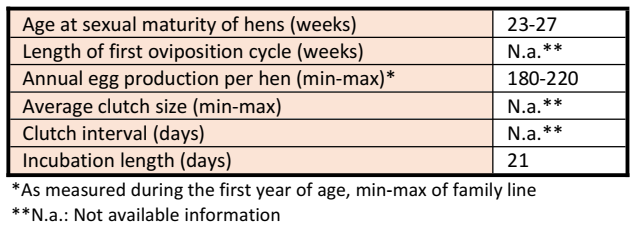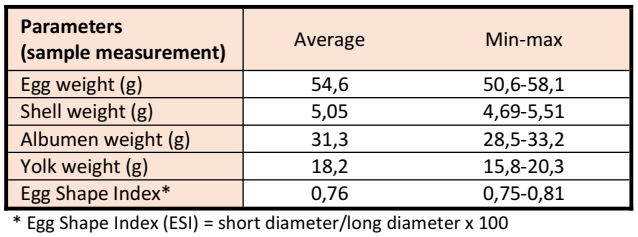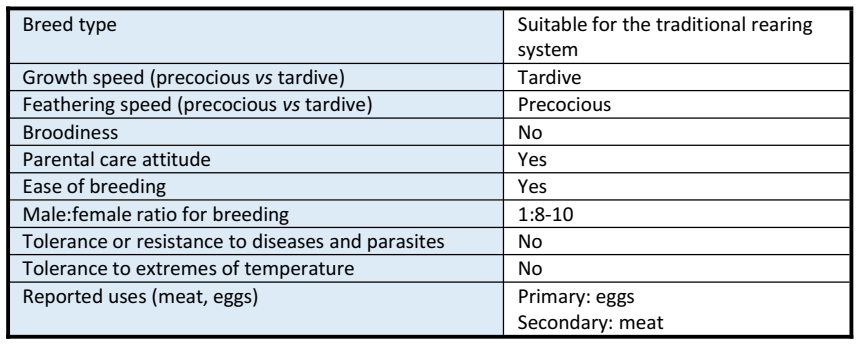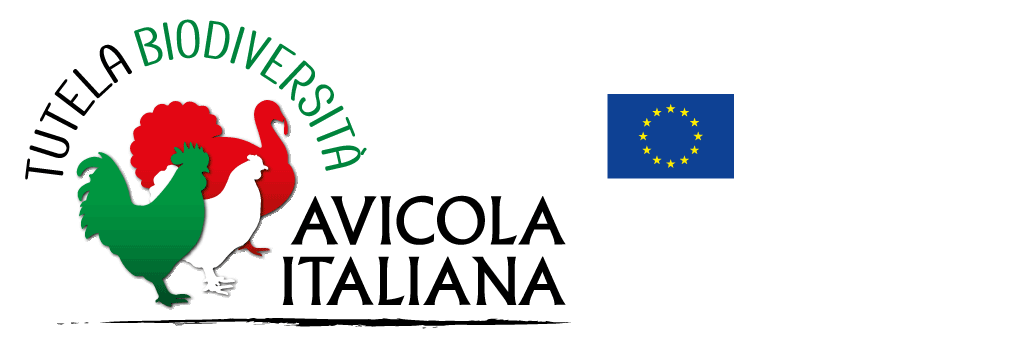Padovana
Synonyms or local names: Padovana dal gran ciuffo
Geographic origin: Veneto (Padua), but with northern-European origin
Geographic distribution: Veneto
Estimated total population size: 1180 (Castillo et al., 2021)
Extinction risk status (FAO, 1998): Not at risk
Any other specific information: Tufted breed, fancy breed
Historical origin of the breed
This breed is described and drawn by Ulisse Aldovrandi (1600) in his work “Ornithologiae”. Other essays from 1500s mention the presence, in Padua surroundings, of a popular and productive chicken breed. The origin of this breed is uncertain, it probably arrived to Italy from Poland in 1300, perhaps by the noble Giovanni Dondi Dell’Orologio, from Padoua, an eminent doctor and astronomer, who was fascinated by the beauty and elegance of those chickens, at the time considered as luxury birds. However, the origin is intertwined not only with the Polish chicken, but also with other European tufted breeds, such as the Dutch and the Houdan. Several publications on poultry production from the XIX and XX centuries described the Padovana breed, giving many details about its characteristics. Throughout the XX century the population size gradually decreased, as this breed was reared only by few amateur farmers.
Historically, these chickens were reared outdoors, on pasture, and fed maize. The Padovana breed persisted over time not only for the beauty of the birds, but also for the quality of the meat, including capon, which inspired many historical cooking recipes, of both popular and noble tradition. The breed is suitable for the valorisation of typical productions of the Veneto region.
It is included in the National Plan on Biodiversity in Agriculture, and in the Atlas of Traditional Agri-food Products of the Veneto region (Atlante dei Prodotti Agroalimentari Tradizionali del Veneto). It is a Slow Food presidium and its reference organisation is the Pro Avibus Nostris association.
Pictures from the archives of Prof. Gabriele Baldan and Prof. Massimo De Marchi.
Qualitative morphological traits
Feather morphology: Normal
Feather distribution: Normal, with a tuft on the top of the head, on the cranial hernia, and a well developed beard
Plumage structure: Adherent, with rounded feathers; abundant down; abundant hackle feathers
Plumage colours: Silver laced, Chamois (buff laced), Golden laced
Colour features: Bi-colour, with sexual dimorphism
Colour pattern:
Silver laced: white ground with black lacing
Chamois (buff laced): buff ground with white lacing
Golden laced: golden-bay ground with black lacing
Chick plumage colour:
Silver laced: dark grey, streaked with white
Chamois: yellow down
Golden laced: brown, streaked with yellow
Comb type: Absent, replaced by a tuft with long feathers
Ear-lobe colour: Absent or very small, covered by tuft and beard
Beak colour: Light yellow
Iris colour: Brown
Muffs: Present, covering the face
Beard: Present, very pronounced
Tuft: Present, full and wide. In the male it is large, round, with long, narrow and pointed feathers, falling back, on the nape; it does not cover the eyes. In the female it is round, full, cascading over the eyes
Skin colour: White
Shank colour: Slate blue
Shank feathering: Free from feathers
Skeletal variants: Prominent nostrils
Other specific and distinct visible traits: Cranial hernia, evident in the chick, then covered by the tuft; ear-tufts
Quantitative morphological traits

Reproductive and productive quantitative traits
Oviposition, brooding and incubation data

Reproductive traits

Egg-quality traits


Rearing traits

The presented data were registered in the nucleus populations conserved at the “Sasse Rami” Experimental Farm, in Ceregnano (Rovigo).
Latest update: October 14th, 2023
Germplasm collection
The breed has yet to be conserved in our Cryobank.
